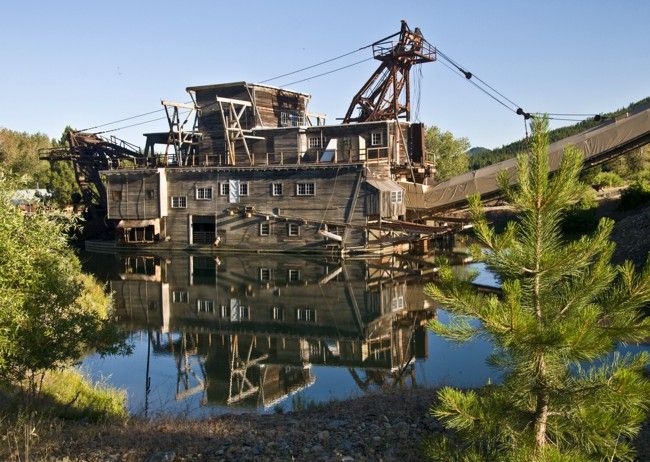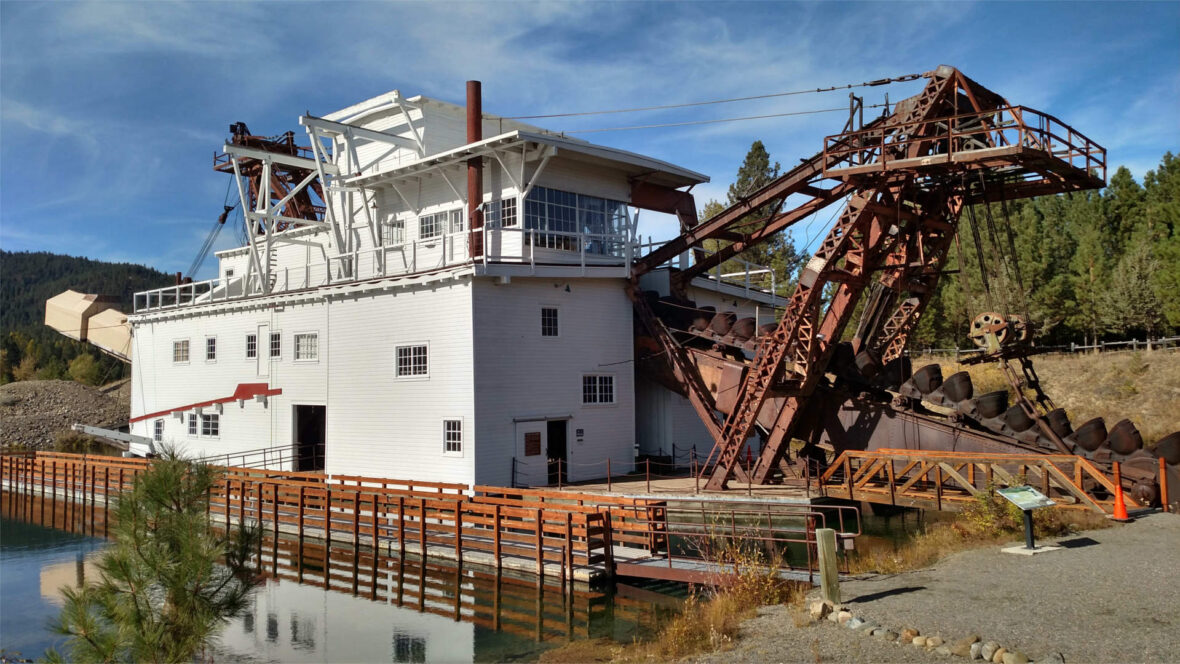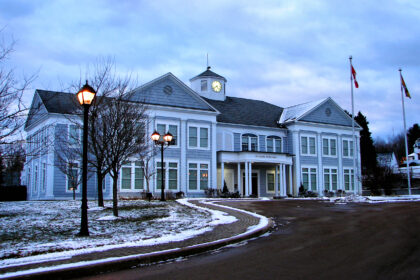Sumpter is a city in Baker County, Oregon, United States. Take a look below for 10 awesome and fun facts about Sumpter, Oregon, United States.
1. The population was 204 at the 2010 census.
2. Sumpter is named after Fort Sumter by its founders.
3. The name was inspired by a rock as smooth and round as a cannonball, which reminded a local resident of the American Civil War and Fort Sumter.
4. Baker County was named for Edward Dickinson Baker, a U.S. Senator from Oregon who was killed in the Battle of Ball’s Bluff during the American Civil War.

5. Sumpter, first settled by Euro-Americans during this war, was named after Fort Sumter in the U.S. state of South Carolina. The fort was often mentioned in war dispatches read by the settlers.
6. An account in the Baker Democrat–Herald many decades later reported that a round rock found in the area in the early 1860s had looked to residents like a cannonball and, reinforced by the war news, had reminded them of Fort Sumter.
7. In 1883, Joseph D. Young became the first postmaster of Sumpter, and, according to his grandson, was not allowed by the U.S. Post Office to use the old name, Sumter.
8. The community was platted in 1889, becoming a mining boom town about 10 years later. Until transportation by rail became feasible in the area, Sumpter was little more than “a huddle of crude log cabins.”

9. A narrow gauge railway reached Sumpter in 1897. Built by David C. Eccles, the Sumpter Valley Railway (SVRy) ran 80 miles (130 km) from Baker City through Sumpter and on to Prairie City, which it reached in 1907. Until the line shut down in the 1930s, ranchers, mining interests, and timber companies used it to move freight.
10. Shortly after the SVRy arrived, the city expanded near a set of deep-shaft gold mines with a combined total of 12 miles (19 km) of tunnels. The population grew to more than 2,000. Sumpter had electric lights, churches, saloons, a brewery, sidewalks, three newspapers, and an opera house. However, as the mines played out, the city declined even before a devastating fire in 1917.




